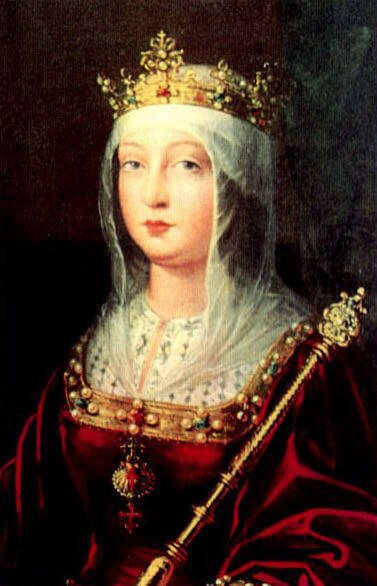This foundational philosophy positioned her as the principal architect of the climactic finale of the Reconquista—a protracted campaign that sought to reclaim territories under Muslim dominion. Her decisive participation in military operations against the Emirate of Granada not only consummated centuries of Christian reclamation endeavors but also heralded the advent of a transformative epoch in both Spanish and European identity, intertwining religious zeal with nationalistic aspirations and setting the stage for the emergence of a unified Spanish state that would exert significant influence on European dynamics for centuries to come.
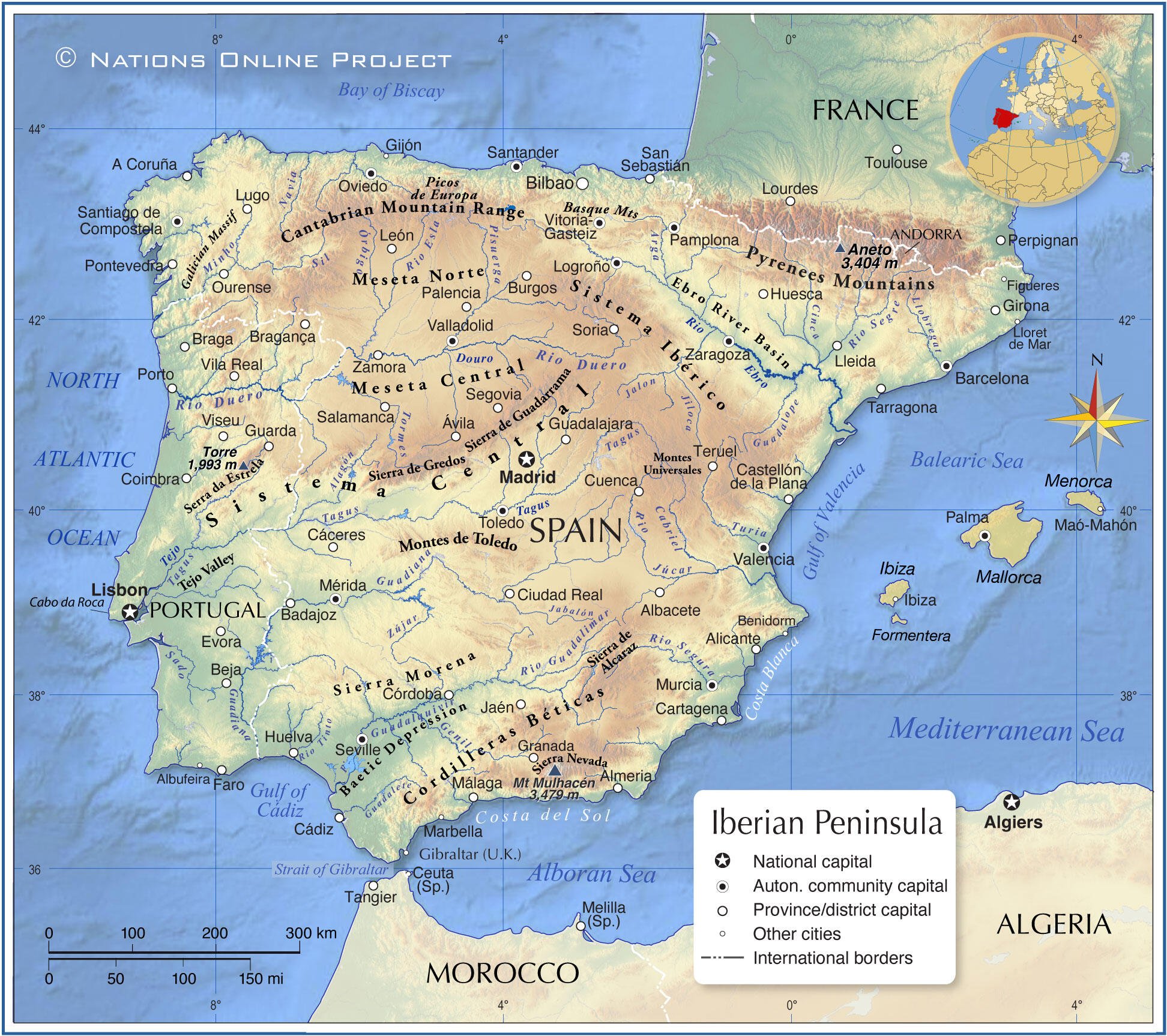
Image Above
Map Of Th Iberias
During the era of governance overseen by Muhammad XII, historically identified as Boabdil, the Kingdom of Granada was characterized by a pronounced trajectory of decline, beset by significant internal dissent and acute dynastic rivalry, factors that fundamentally undermined its structural integrity. The political landscape of the emirate was marked by fragmentation, most notably illustrated by the contentious relationship between Boabdil and his uncle, the militarily adept El Zagal, whose formidable martial capabilities further exacerbated the emirate's geopolitical vulnerabilities, thereby impairing its capacity to effectively mobilize resistance against the encroaching coalition of Christian forces. Nevertheless, it is imperative to acknowledge the strategic advantages conferred by Granada’s formidable mountainous terrain, coupled with the robust fortifications of its urban centers. This geographical and structural fortitude, augmented by the fervent determination and resilience of the local populace, collectively contributed to Granada's status as a critical and tenacious stronghold of Islamic governance in the broader Iberian Peninsula during this tumultuous epoch.
The military campaign initiated was precipitated by the audacious territorial annexation of Zahara by the Emirate in the annum 1481—a pivotal juncture that served as a catalytic impetus for the martial engagement orchestrated by the Catholic Monarchs, Isabel I of Castile and Ferdinand II of Aragon.
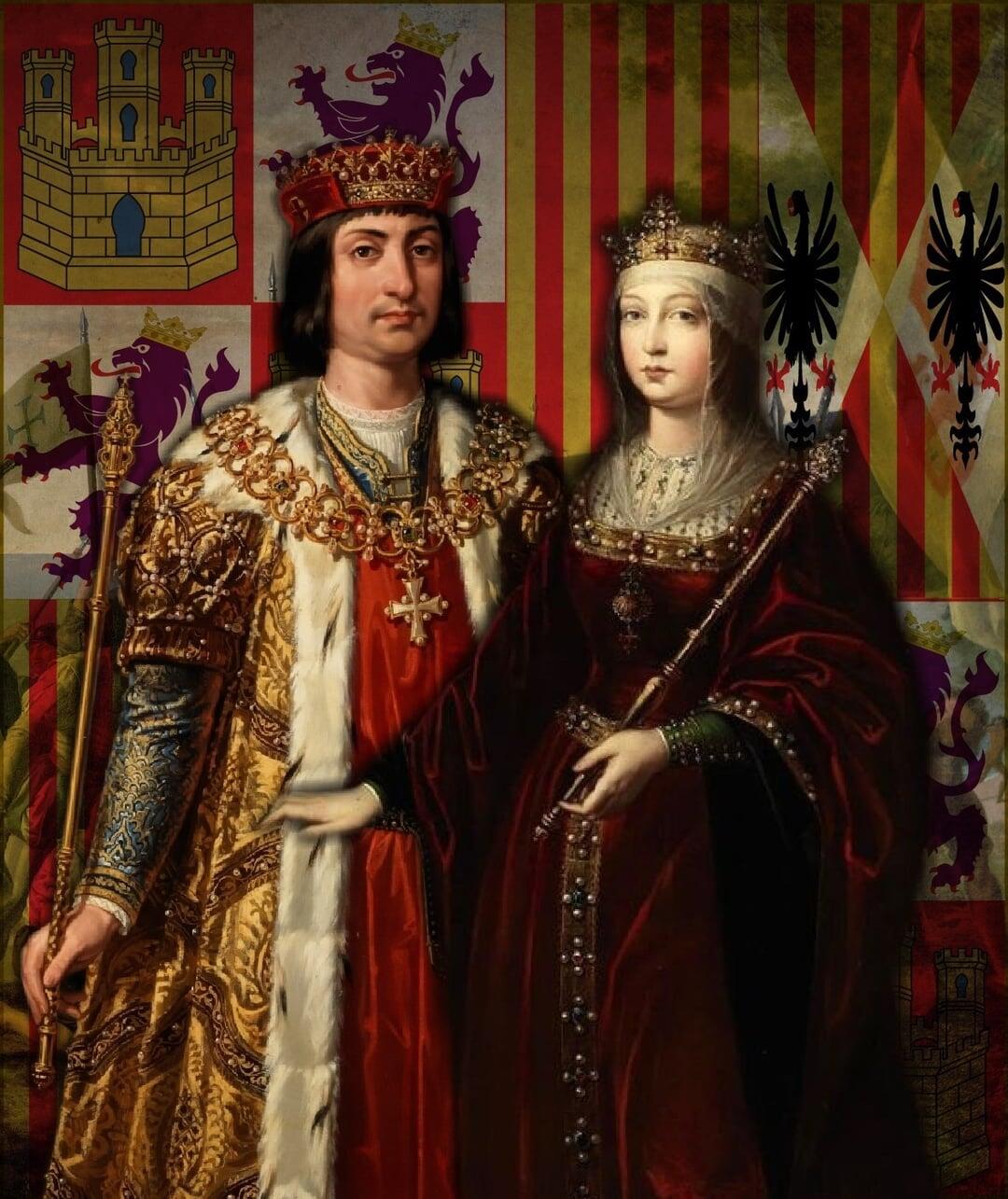
Image Above
Monarchs Of Castilles
What subsequently unfolded was an arduous protracted conflict, extending over a decade, characterized by a series of decisive military confrontations—most notably the Battle of Alhama, the skirmishes at Loja and Lucena, the strategic recapture of Zahara, and engagements in Ronda, Málaga, Baza, and Almería. Each of these encounters elucidates the intricate dynamics of military triumph entwined with the perils of adversity. Isabel's role transcended mere symbolic representation; she emerged as an astute logistical architect, meticulously structuring supply chains, provisioning her armies with necessary resources, and advocating for military advancements, including the tactical incorporation of Lombard artillery into the operational theater. Her dual presence—both on the battlefield and within the strategic command—interwove deep-seated piety with formidable power, unifying administrative efficiency with unyielding ambition.
In the face of profound personal adversities, exemplified by the heart-wrenching stillbirth of her progeny amidst the tumultuous electoral campaign, Isabel exhibited a remarkable steadfastness in her quest for triumph. Her strategic leadership catalyzed a transformative evolution in the constructs of monarchical power, ingeniously intertwining the notion of divine right—a historically entrenched justification for sovereign authority—with pragmatic statecraft underpinned by the imperatives of efficacious governance and stringent military discipline. The opposition posed by El Zagal, characterized by his indefatigable efforts and tenacious resistance, elongated the duration of the campaign; however, the indomitable spirit and cohesive resolve of the Catholic Monarchs emerged as an insuperable force, compelling the eventual culmination of their aspirations into a definitive victory.
The capitulation of the Emirate of Granada in the month of January in the year 1492 represents a pivotal moment in the historical continuum of the Iberian Peninsula, transcending the mere conclusion of the protracted series of military engagements known as the Reconquista. This momentous event is emblematic of the intricate process of state-building that led to the establishment of a cohesive Spanish nation-state fundamentally predicated on the precepts of Christian hegemony. Furthermore, it delineates the cusp of an imperial epoch characterized by expansionist ambitions fueled by religious zealotry. The ramifications of this surrender profoundly altered the sociocultural and political framework of the region, precipitating the coerced conversion and expulsion of significant Jewish and Muslim populations—a demographic upheaval that would serve to reinforce the ideological paradigms that underpinned the subsequent institution of the Spanish Inquisition, a systematic apparatus of religious persecution aimed at maintaining ideological conformity and unity under the Catholic Monarchs.
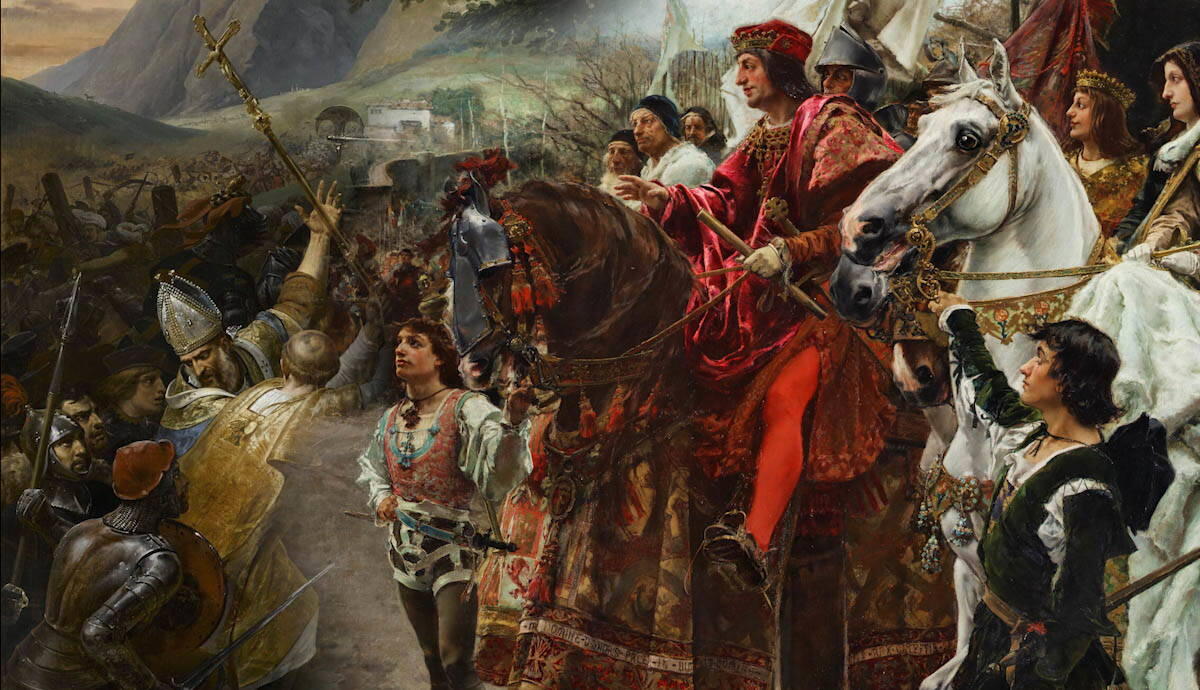
Image Above
Surrender At Granada
In a broader historical context, the capitulation of the Nasrid Kingdom of Granada transpired concurrently with the inaugural expedition undertaken by the navigator Christopher Columbus, both events being facilitated under the auspices of Queen Isabel I of Castile. This significant temporal nexus serves to underscore the confluence of the termination of Islamic hegemony in the Iberian Peninsula with the commencement of European maritime exploration on a grand scale. Such a juxtaposition of religiously motivated conquest and the zealous pursuit of transoceanic exploration precipitated a paradigm shift in the trajectory of global history. It catalyzed the ascendance of the Spanish Empire, thereby marking the nascent stages of European colonial endeavors throughout the Americas.
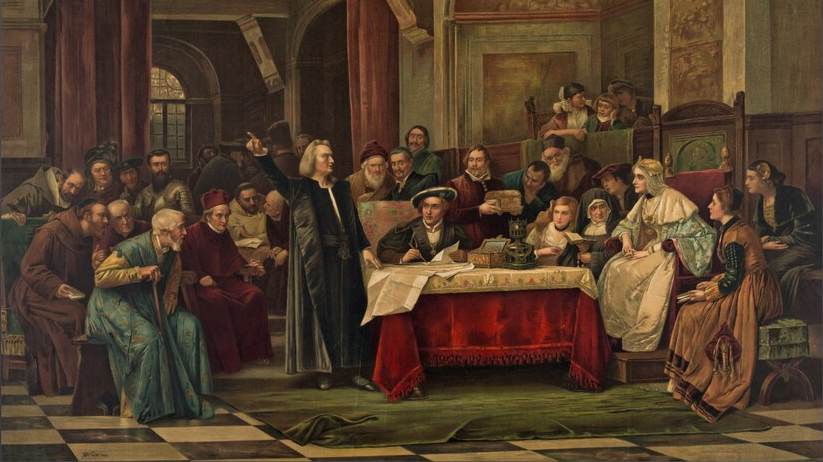
Image Above
Columbus At The Spanish Court
This epochal transformation not only redefined territorial dominion but also initiated profound socio-economic and cultural repercussions across continents, forever altering the intricate tapestry of human civilization.
Consequently, the cessation of hostilities in Granada should not merely be interpreted as the conclusion of a protracted medieval conflict; rather, it represents a critical juncture that fundamentally reoriented the socio-political landscape of the Old World while concurrently heralding the advent of modernity. The pivotal contributions of Queen Isabel I in this transformative epoch position her as an extraordinarily significant historical figure—an autocrat whose strategic foresight, resilience, and zeal indelibly influenced the trajectory of nations and entire continents across the globe.
